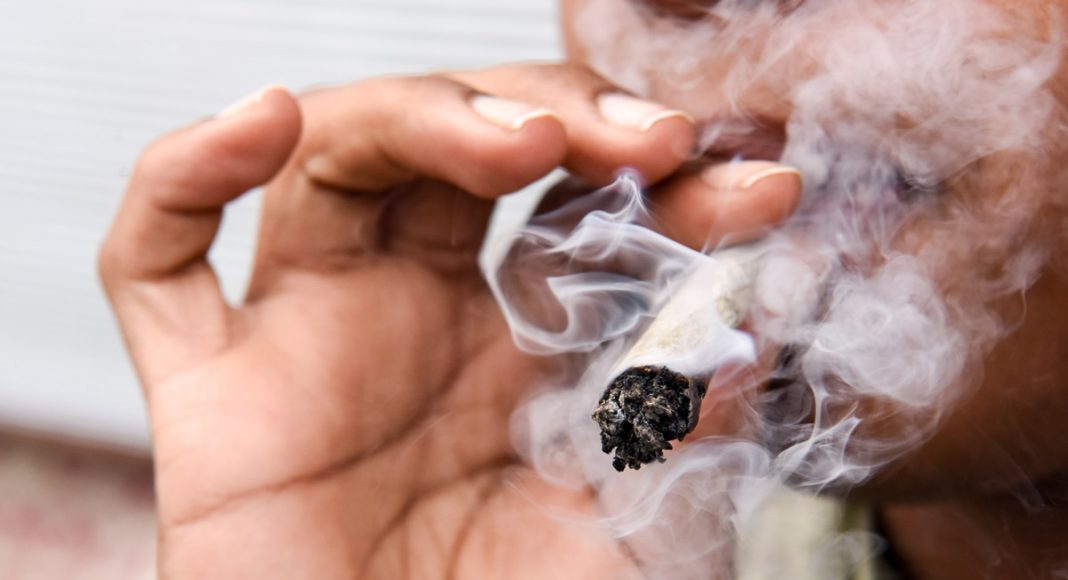Cannabinoids are the chemical compounds of the cannabis plant that create the magic behind its effects. There are about 100 different cannabinoids found in marijuana.
There was once a time when the biggest problem a cannabis enthusiast experienced is where to score a sack of marijuana. It didn’t matter if the baggie contained Mexican ditch weed or a homegrown headache blend – weed was weed. But now that the herb has been made legal in a number of states, even the bright-eyed pot novice understands there are now a variety of strains to choose from. Some of these buds are packed with super-stoned effects, while others are mild and relaxing. It is the science behind the cannabis plant that dictates the difference between the various strains. The difference is largely due to a unique combination of cannabinoids.
What Are Cannabinoids?
Cannabinoids are the chemical compounds of the cannabis plant that create the magic behind its effects. These little boogers infiltrate the human endocannabinoid system and settle in to caress and distort the neurotransmitters in the brain. There are somewhere around 100 different cannabinoids found in marijuana. Most have a medicinal function. Some of them are only present in low levels, but there are some main components that stand out. Here are the most common cannabinoids and their effects.
-
Related Story: Baton Rouge Is About To Decriminalize Marijuana
Delta-9-Tetrahydrocannabinol (Δ9-THC): This cannabinoid is most commonly referred to as THC. It is the king of cannabinoids in a lot of respects, as it creates the stoned effects that so many of us have grown to enjoy. This is the culprit that brings on those giggle fits and bouts of the munchies. Out of a laundry list of cannabinoids THC is the fun one. But it also has proven therapeutic potential. It is known to ease pain, alleviate nausea and help induce sleep. Cancer patients have leaned on this particular cannabinoid to help stimulate the appetite lost to chemotherapy. THC also has anti-inflammatory properties.
Cannabidiol (CBD): Within the past several years, CBD has become the other rockstar cannabinoid. Unlike THC, this component does not produce high effects. But some of the latest research — both anecdotal stories and clinical trials — have shown that CBD is a powerhouse medicine. It has been known to reduce seizure frequency in epilepsy patients, bring relief to those with neuropathy, and act as a pain reliever.
Cannabichromene (CBC): Although most have never heard of CBC, it is the third most common cannabinoid. This component of the cannabis plant also does not get the user stoned. It comes with antidepressant properties, as well as the ability to renew brain cells.
-
Related Story: Can I Get High From Second-Hand Marijuana Smoke?
Cannabinol (CBN): This non-psychoactive cannabinoid presents itself when marijuana is introduced to a heat source. It is believed to have antibacterial and pain reducing effects. There is some evidence that suggests that CBN is one of the primary cannabinoids responsible for bringing relief to glaucoma patients.
Cannabigerol (CBG): While this particular cannabinoid is not common in most strains, it comes with some unique magic. CBG is the building block for other cannabinoids. There is research that indicates that this non-psychoactive component can reduce the size of tumors.
Tetrahydrocannabivarin (THCV): This cannabinoid is a bit enigmatic. While similar to THC, it remains unclear whether THCV should be listed as a psychoactive component. Some studies show that this cannabinoid can act as an appetite suppressant, ease anxiety and even stimulate bone growth.
Cannabidivarin (CBDV): Found in strains with higher levels of CBD, this cannabinoid is believed to reduce seizures and help with nausea.
Delta-8-Tetrahydrocannabinol (Δ8-THC): This cannabinoid is a close cousin to THC, but the psychoactive effects are not as strong. Scientists believe Δ8-THC could slow down brain deterioration commonly displayed in Alzheimer’s patients.
Cannabidiolic Acid (CBDA): This cannabinoid is only CBDA in raw marijuana. Once it is exposed to heat, it loses the “A” in its structure. Some research shows this component can reduce cancer risk.
Tetrahydrocannabinolic Acid (THCA): Also only present in raw marijuana, THCA pioneers THC. THCA turns to THC during the drying process. Research is limited, but some believe it contains the power to reduce the risk of cancer.


